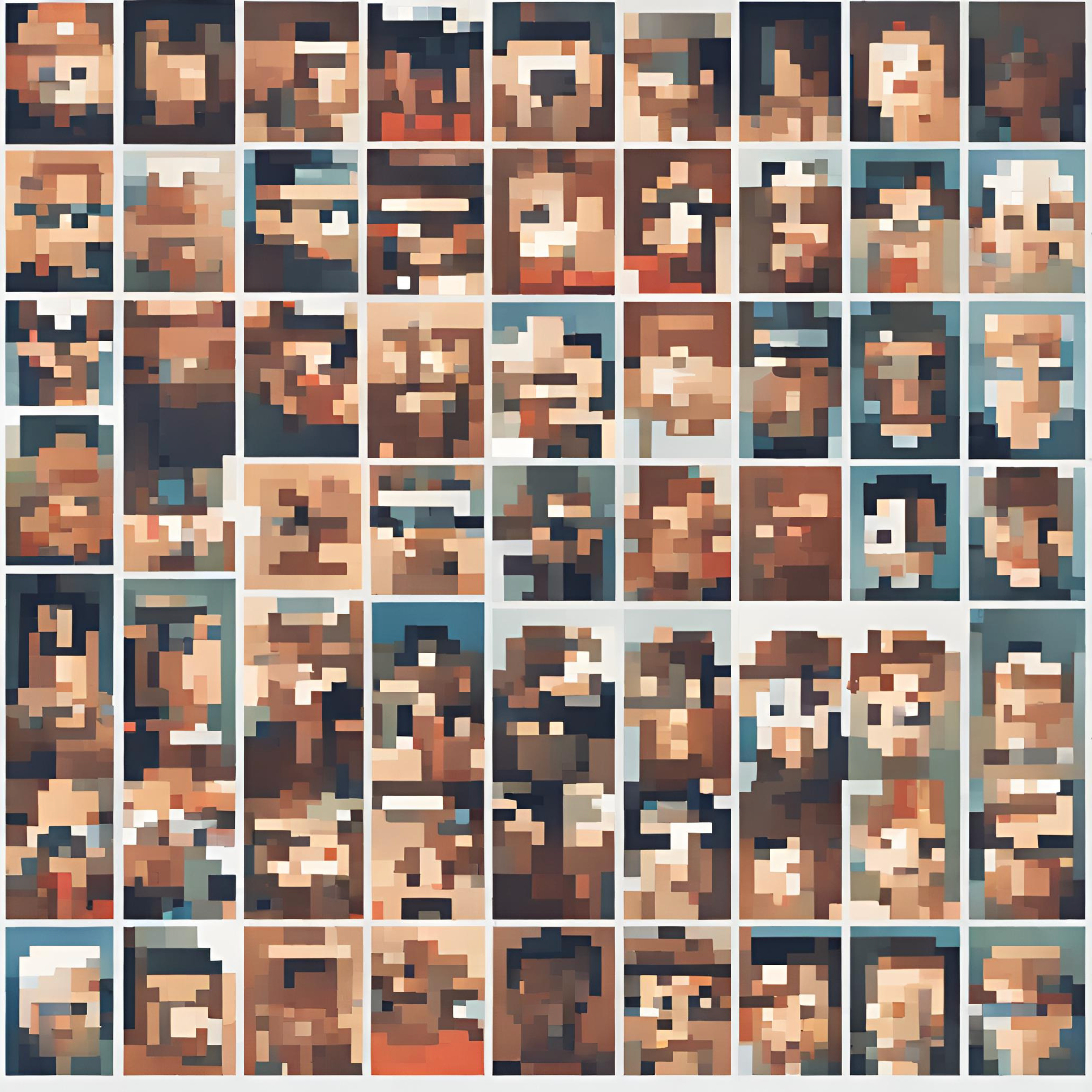100 reads
Mathematical Proofs for Fair AI Bias Analysis
by
March 25th, 2025
Audio Presented by

Snapshot of society, a statistical portrait of people, age, gender, understanding populations, and their diverse stories
Story's Credibility

About Author
Snapshot of society, a statistical portrait of people, age, gender, understanding populations, and their diverse stories